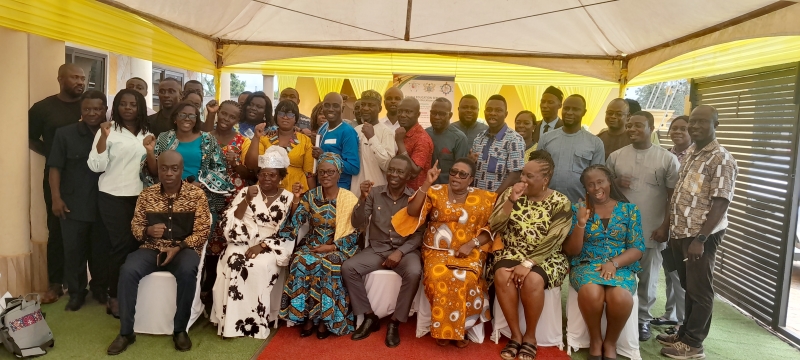- Japan, Hong Kong lead gains in Asia-Pacific markets as investors digest outsized Fed rate cut
- Oil prices fall as U.S. rate cut fails to boost market sentiment
- Dollar rebounds after Fed goes big on rate cut
- European markets open higher following Fed cut; Bank of England rate decision in focus
- Binance CEO says crypto exchange saw 40% growth this year in institutional, corporate investors
Who Won the U.S. Presidential Debate?

An AI tool for scanning sand grains opens windows into recent time and the deep past
Stanford researchers have developed an artificial intelligence-based tool—dubbed SandAI—that can reveal the history of quartz sand grains going back hundreds of millions of years. With SandAI, researchers can tell with high accuracy if wind, rivers, waves, or glacial movements shaped and deposited motes of sand.
The tool gives researchers a unique window into the past for geological and archaeological studies, especially for eras and environments where few other clues, such as fossils, are preserved through time. SandAI's approach, called microtextural analysis, can also help with modern-day forensic investigations into illegal sand mining and related issues.
"Working on sedimentary deposits that haven't been disturbed or deformed feels about as close as you can get to being in a time machine—you're seeing exactly what was on the surface of Earth, even hundreds of millions of years ago. SandAI adds another layer of detail to the information we can pull from them," said Michael Hasson, a Ph.D. candidate with Mathieu Lapôtre, an assistant professor of Earth and planetary sciences at the Stanford Doerr School of Sustainability.
Hasson is lead author of a new study demonstrating the tool, published in Proceedings of the National Academy of Sciences.
Telltale signatures

- September 18, 2024
Ghana steps up STEM education with 16 regional centres




- September 19, 2024
Kwara government distributes 42,000 bags of fertilisers

- September 18, 2024
Pencils of Promise supports Kpando Abanu Community Inclusive Special School



- September 19, 2024
Rugged Falklands landscape was once a lush rainforest, researchers say

- September 19, 2024
US to host global AI safety summit in San Francisco

- September 19, 2024
Pathologists identify plague in blind Idaho deer

- September 19, 2024
If you build it, will they come? Wildlife corridors need smarter design
Subscribe to our mailing list to get the new updates!

Subscribe our newsletter to stay updated
Thank you for subscribing!


